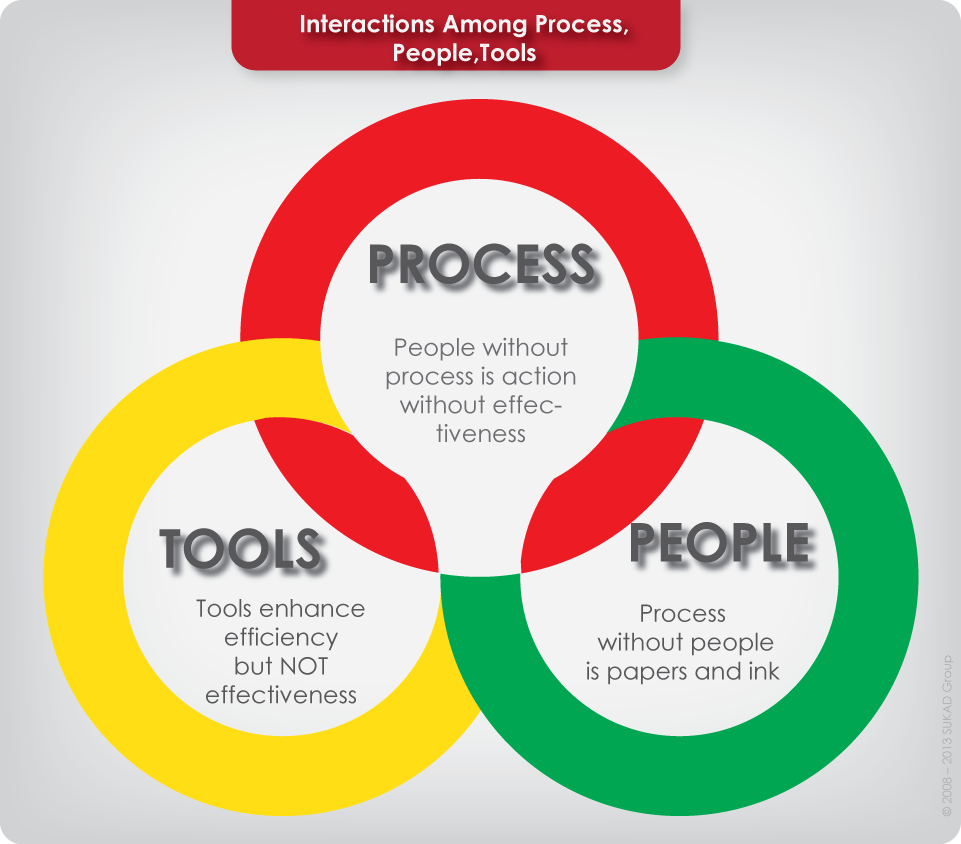This article is the third of a series that we published in a regional magazine a few years back. The concepts that we discussed then and the message of these articles are still applicable today, hence the republication here!
In another article we posed this question: with the construction boom in the Region[1] how effective are we in managing and delivering these projects; successfully?
We hear about quality challenges, delays in projects, fires and safety concerns … are these normal signs of doing business in a dynamic world, or are we lacking in certain aspects of our project and construction management (the consequences of speed)?
Could project management help us achieve things fast, cheaply or economically, and in quality manner? Some say yes other raise concerns that you can only achieve two out of these three objectives. Which two? It depends and we leave it at that!
We will not directly answer these questions; rather we will present some thoughts and concepts for the reader to consider and will leave the answers to be attempted privately by the various executives and project managers that are leading the amazing boom in the area. It is up to each of us to review what we have and consider this controversial topic.
PMI and Five Areas of Expertise
The Project Management Institute (PMI®) (the largest project management professional association in the world) advocates a framework for managing projects and one of the concepts presented is what we call the Five Areas of Expertise that are required for project management – today we will focus on one of them.
PMI® presents us that in order to effectively manage projects we need the various stakeholders of the project to have collective expertise/knowledge in:
- Project management,
- Application area (the industry of the project, i.e. IT, construction, oil & gas),
- General management,
- Interpersonal skills, and
- Project environment; project environment is what we will address here.
Project Environment
What do we mean by the project environment?
We can agree that projects are not done in a vacuum. They are implemented where many factors impact these projects; whether these are internal organizational factors or factors from the region or even globally. Factors such as politics, culture, market condition, race to be the best, tallest, largest, etc. will all have impact on our projects. The facts are clear about the major growth that is happening not only in Dubai or the Region but also around other parts of our small globe. Can we agree that all of these factors are impacting our local projects?
Other concepts that are also advocated by the PMI® Framework, that is related to the environment is that in planning our projects we must consider the environment and consider how our project impacts other projects or is impacted by other projects? Consequently, when we plan projects are we considering the boom in China? When we fund projects are we evaluating the small, limited, or even restricted pool of resources? Are we planning our projects based on historical data and traditional planning tools without consideration of the dynamic market? What percent of our projects are achieving their objectives in regard to cost, schedule, quality, customer satisfaction, etc.? Are we considering the risks of inadequate resources (equipment, tools, materials, and people)?
A project in “normal” times could take “X” months or dollars to complete but in such an existing environment is “X” enough or do we need “X” + 20%, 30% or even 50%?
Delays, quality challenges, fires are not the problems rather they are the symptoms of much deep rooted issues so what are the root cause of these challenges?
In closure, we say that project management is the integration of process, people, and tools, but that will be for another day!
____________________________________
[1] Region = Gulf Cooperation Council (GCC) consisting of Saudi Arabia, United Arab Emirates, Oman, Bahrain, Kuwait, and Qatar

Mounir Ajam,
I read your blog about the lady who knew great techniques to memorize ITTO’s. I agree completely with your assessment. It is much better to understand what information you need and why you need it, than it is to memorize a bunch of inputs.
Your comment about other courses infringing on copyright was true, but rather comical given that right beside your comment, you violated PMI’s intellectual property guidelines by posting a copy of the cover of the PMBOK standard. You might want to change this.
Kathryn thank you for your contribution and input. I have been with PMI for more than 15 years and did not know that using the PMBOK book cover image is a violation of copyrights. If you follow our blogs you will notice that when we use images from PMI they have the copy right info on them and these PMI provides to REP to use. But the cover – it is first time i hear that using the image a violation.
Also in all of our work when we use info from PMI or anyone else we always credit the source. Even when we have images downloaded years ago from the internet and the source is not known – we say so.
Finally it was interesting to me to read your comment that equate using the PMBOK guide image as an somewhat equivalent violations for courses that might have 50% or more of their content ripped off.